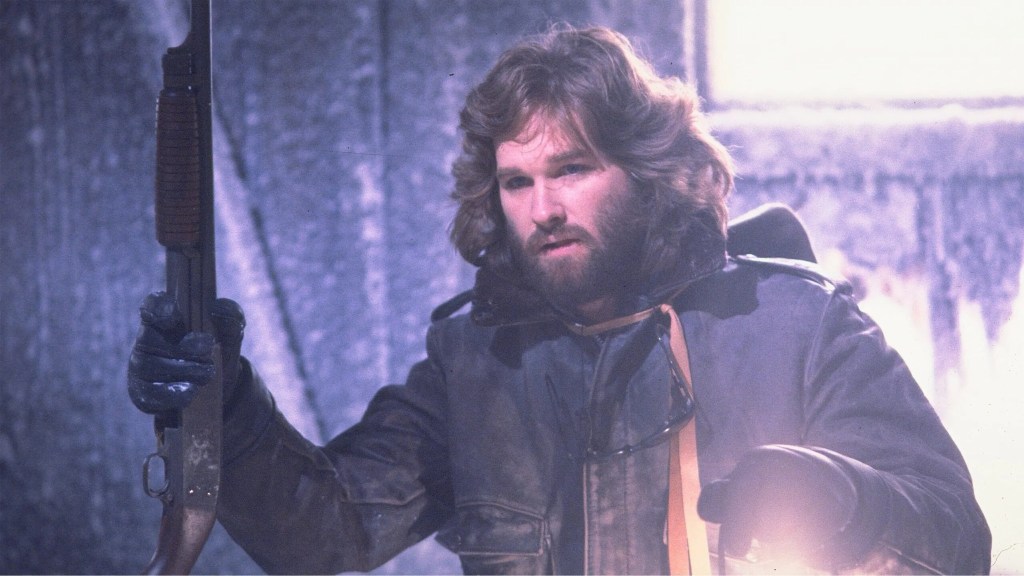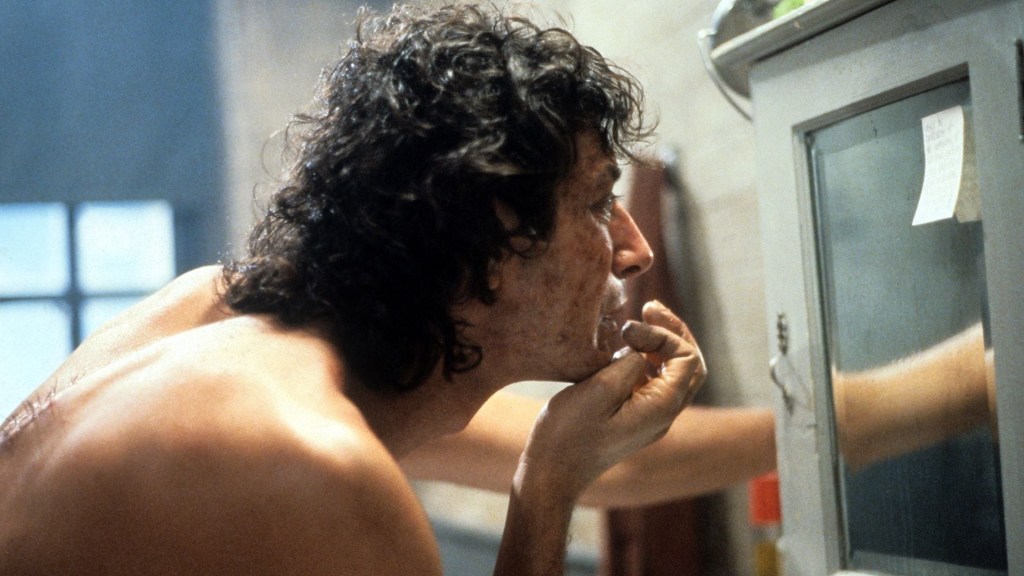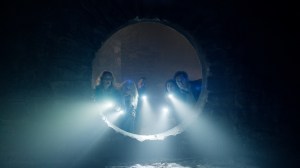Horror movie fans have plenty of reasons to be bothered when one of their favorites gets remade. Maybe these fans have loved a certain creature feature from their youth and don’t want a glossy Hollywood remake to ruin their nostalgia. There’s also the plain and simple fact that remakes can be shameless cash-grabs, an excuse for a major studio to make a quick buck off of a property that has a built-in fan base. And let’s not forget that most horror movie remakes just aren’t very good – the practical effects of a lot of classic horror movies still look better than today’s CGI, and they often just had better writing, directing, and acting. Besides, major studios choosing to dig up an old property is yet another sign of the lack of originality that’s plaguing the film industry.
Videos by ComicBook.com
However, these reasons – among many others – don’t mean that we should completely dismiss the idea of horror movie remakes. In fact, there’s quite a bit to respect about a filmmaker who decides to try their hand at living up to the masters of old.
The Case for Horror Movie Remakes

This may be considered sacrilege by many horror movie fans, but some horror movie remakes are actually better than the originals. For example, 1951’s The Thing from Another World is a classic for good reason — it’s a tightly plotted and surprisingly tense movie that’s far better than most other flying saucer flicks of that time period. But John Carpenter’s 1982 remake (simply titled The Thing) far exceeds it in terms of acting, suspense, and special makeup effects that hold up remarkably well today. It’s so good that it has completely eclipsed the film it was based on, and it wouldn’t exist today if Universal hadn’t decided the original was due for an update. There’s also David Cronenberg’s 1986 remake of The Fly; he took a cheesy yet fun monster flick from the 1950s and gave us an unflinching look at what happens when a scientist plays god and gradually morphs into a wretched creature as his loved ones helplessly watch.
Another reason why horror movie remakes deserve more respect is that they can be used to comment on the fears of the current era. Let’s go back to The Fly; the 1958 original can be seen as a reflection of the growing fears of the Atomic Age, a time that saw rapid, if somewhat frightening, advances in science and technology. Cronenberg’s remake was released during the AIDS epidemic of the 1980s; because the disease was so novel, those stricken with it could do little except gradually wait for their bodies to shut down. Fear is a universal emotion, and horror movies are the perfect vehicle by which we can analyze them. By remaking horror movies, filmmakers can update them to hold a mirror up to contemporary society and encourage audiences to confront the terrors of the present.
[RELATED: New The Fly in the Works With Surprise Connection to David Cronenberg’s Film]
Like it or not, horror remakes help preserve the legacy of the originals, even if they don’t surpass them. Many beloved horror films from years or even decades ago are largely remembered by those old enough to have seen them when they were initially released or by those with an interest in the past. Many of these films – like Psycho, The Texas Chainsaw Massacre, and A Nightmare On Elm Street – terrified theatergoers when they first came out, but have lost the interest of modern mainstream audiences. By remaking these iconic movies with bigger budgets and contemporary special effects techniques, they can not only attract contemporary viewers but also spark their interest in seeking out the original. Studios often use the release of a remake to re-master and re-release the original, thereby ensuring it can reach a whole new audience.
The Double-Edged Blade of Horror Movie Remakes

Horror movie remakes will always face judgment from purists, and more often than not for very good reason. So many horror movies became classics because of their originality, their boldness, and their mission to terrify audiences in new ways. But by simply redoing what has already been done, there’s almost no way that a remake can replicate the original’s impact. It’s exceedingly rare that a remake surpasses the original, and when it doesn’t live up to what came before it, the failure is monumental. We all know what it feels like to watch a disappointing remake and think, “Why did they even bother? The original was perfect as is!”
But, when a horror movie remake actually lives up to the original or – even rarer – outstrips it, think of the amazement you feel when you and your friends discuss how the filmmakers managed to pull off the impossible. By ignoring remakes, we rob ourselves of the experience of being terrified by a beloved monster just like our parents were decades ago. So, let’s not be so quick to condemn a horror movie just because it’s a remake, and instead give modern directors a chance to recreate a bit of that frightening magic of yore.








